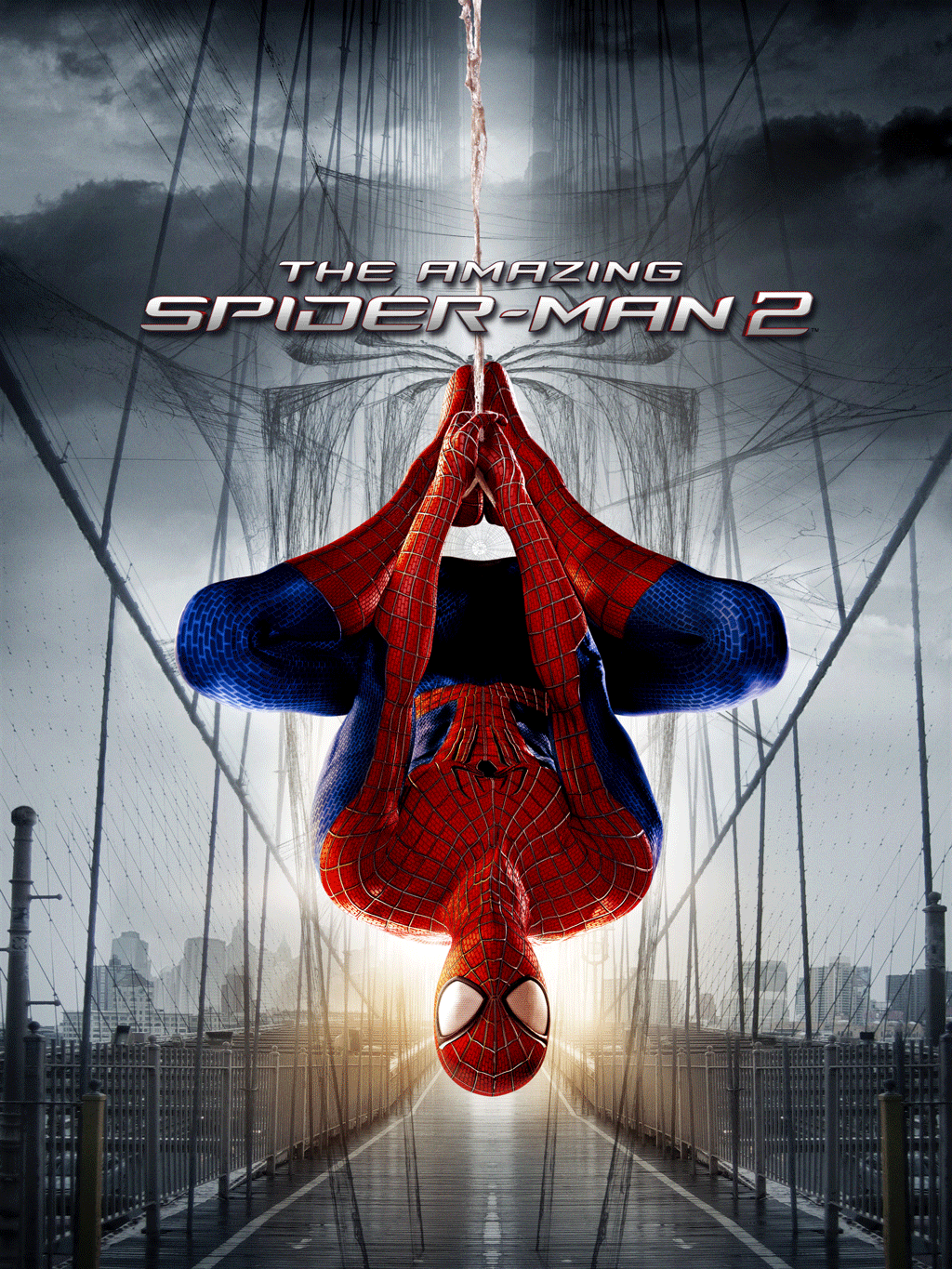By Jeremy Hannaford (Contributor) – Email
Print Edition: May 7, 2014
When many think of Activision, they think of Call of Duty games shelved out like no tomorrow, or the Guitar Hero series that fell into serious decline under the publisher’s watch. But unbeknownst to many, Activision’s longest-running series is actually Spider-Man!
Activision acquired the rights to the web-slinging hero back in 2000, and released a self-titled debut in the dying days of the N64. But it was when they made a tie-in to the Sam Raimi film in 2002 the ball truly started rolling. And it has never stopped, no matter how mediocre the games have become.
One thing that has always been consistent in the Spider-Man games is that web-slinging through New York City is a blast. Even when the Spider-Man 2 film-based game incorporated the mechanics of having to actually connect the webbings to buildings, the airborne art never lost its appeal. But it could always use improvement. That’s exactly what The Amazing Spider-Man 2 does. Connection is key for web-slinging, and the idea of having the controller’s triggers represent each arm is a nice touch. But just like the rest of other Spider-Man games, the fun ends there.
Movie-based games are easy subjects for criticism. Sometimes it is well deserved; certain titles are just plain garbage. But most of the time, it is due to small development windows that these games suffer. The most refined games are given several years of production time. Movie-based titles are barely given a year and a much smaller and less experienced team to develop them. This is why the fad of games tying in with films has almost faded from existence. Aside from random tablet or iPhone releases, there really aren’t many games of the genre anymore. The only company willing to ship them out is Activision, because if there is any chance that a poorly developed game can make a profit, CEO Robert Kotick will see it done.
A great example of a developer breaking under the stress was the highly regarded High Moon Studios, (unfortunately owned by Activision). After they released the well-received War for Cybertron, they were tasked with making a tie-in game for Dark of the Moon in less than seven months. The result was still playable, but the strains of short development time showed.
The Amazing Spider-Man 2 similarly suffers from repetitive missions and lame story lines. The combat system is almost entirely composed of spamming the attack button. The combat feigns the idea of variation by incorporating different attack animations, but those become repetitive very quickly.
The lacklustre combat and story are commonplace issues amongst all of the Spider-Man games. Even with the intriguing multidimensional aspect of Shattered Dimensions, the narratives of Spider-Man games have always been weak. The initial concepts may sound intriguing on paper, but they always fall short in the execution. The creators substitute numerous character appearances for well-paced storytelling.
Incorporating numerous villains who have nothing to do with the actual story is fun for about five minutes before they become a bland letdown. The same happens here in The Amazing Spider-Man 2, except with even less flair than before. For example, where the voice acting in Spider-Man 3 was entertaining considering it had the voices from the official film, The Amazing Spider-Man 2 seems to have acquired every discount joke voice actor in the phone book. The lack of convincing delivery cements the hammy feel.
The Spider-Man games could be great if they were developed by studios that have decent experience with making superhero games. If a developer like Rocksteady were able to deliver a Spider-Man experience on the same level of the Arkham games, it would be exactly what the series needs. Otherwise, we’ll still get the same great web-slinging experience along with all the same tired problems.


